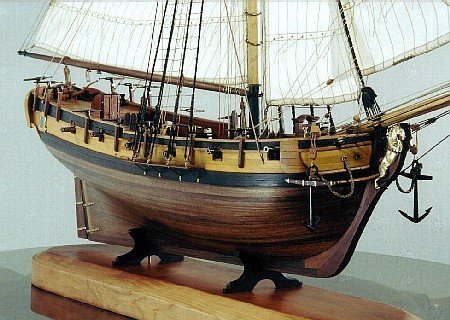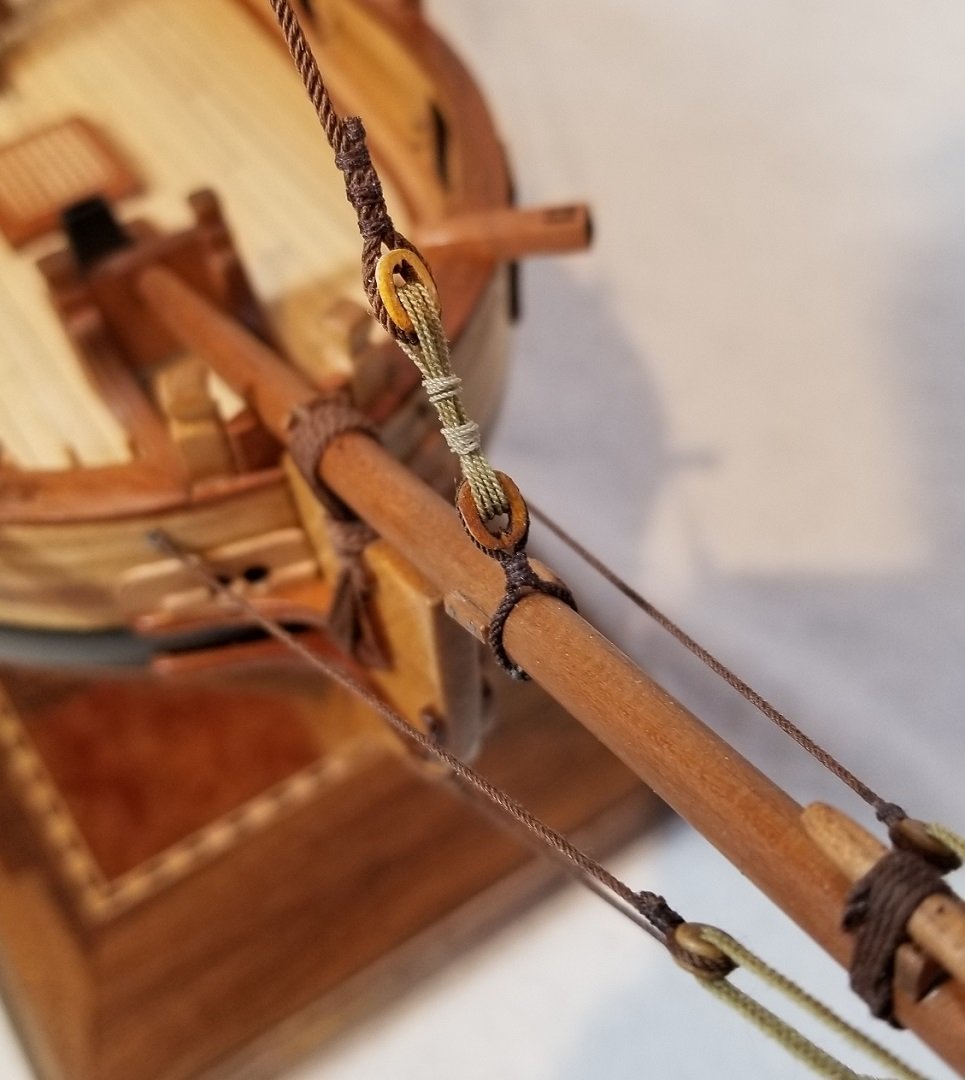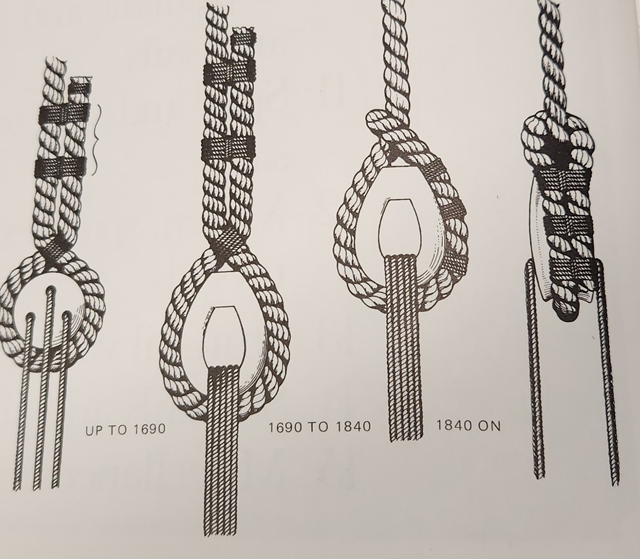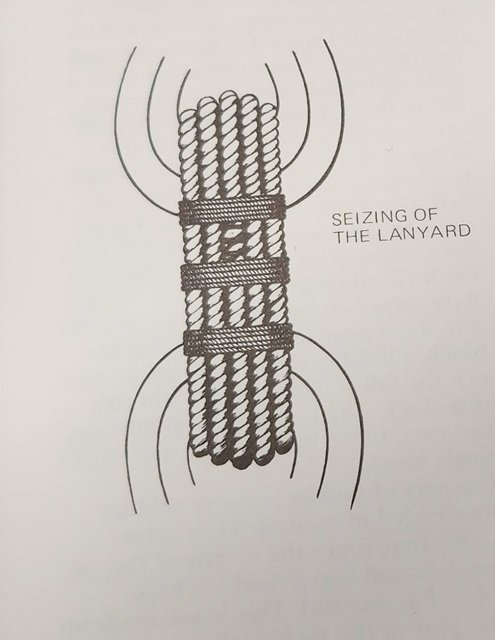-
Posts
3,144 -
Joined
-
Last visited
About Gregory
- Birthday 01/15/1949
Profile Information
-
Gender
Male
-
Location
: Just past ' Resume Speed '
-
 hollowneck reacted to a post in a topic:
Did I just get scammed?
hollowneck reacted to a post in a topic:
Did I just get scammed?
-
 hollowneck reacted to a post in a topic:
Did I just get scammed?
hollowneck reacted to a post in a topic:
Did I just get scammed?
-
AI Is so wonderful...
-
 thibaultron reacted to a post in a topic:
Did I just get scammed?
thibaultron reacted to a post in a topic:
Did I just get scammed?
-
 thibaultron reacted to a post in a topic:
Did I just get scammed?
thibaultron reacted to a post in a topic:
Did I just get scammed?
-
 Baker reacted to a post in a topic:
Did I just get scammed?
Baker reacted to a post in a topic:
Did I just get scammed?
-
 Keith Black reacted to a post in a topic:
Did I just get scammed?
Keith Black reacted to a post in a topic:
Did I just get scammed?
-
 Keith Black reacted to a post in a topic:
Did I just get scammed?
Keith Black reacted to a post in a topic:
Did I just get scammed?
-
One of the quickest ways I identify these scam sites ( too good to be true is one ), put something in your cart and try to check out with PayPal. It won't work the way PayPal should. Actually, it won't work at all.
-
here is what I get when I Google AL.. https://artesanialatina.net/ Depending on what pay method you used, that site is probably harvesting personal information. If you used a credit card, I would lock it, and report the transaction. Also contact Artisania Latina . They have a presence here. @Artesania Latina
-
 Gregory reacted to a post in a topic:
HMS Sphinx 1775 by Ronald-V - Vanguard Models - 1:64
Gregory reacted to a post in a topic:
HMS Sphinx 1775 by Ronald-V - Vanguard Models - 1:64
-
 Gregory reacted to a post in a topic:
Hull Planking Calculator
Gregory reacted to a post in a topic:
Hull Planking Calculator
-
 Gregory reacted to a post in a topic:
Simple, low cost, small thimbles
Gregory reacted to a post in a topic:
Simple, low cost, small thimbles
-
 Gregory reacted to a post in a topic:
USS Constitution by Der Alte Rentner - Model Shipways - 1/76
Gregory reacted to a post in a topic:
USS Constitution by Der Alte Rentner - Model Shipways - 1/76
-
 Gregory reacted to a post in a topic:
Hms Mamoli swift brig. rigging question
Gregory reacted to a post in a topic:
Hms Mamoli swift brig. rigging question
-
 lunarlander reacted to a post in a topic:
Hms Mamoli swift brig. rigging question
lunarlander reacted to a post in a topic:
Hms Mamoli swift brig. rigging question
-
 Gregory reacted to a post in a topic:
HMAV Bounty by AJohnson - Caldercraft - 1:64
Gregory reacted to a post in a topic:
HMAV Bounty by AJohnson - Caldercraft - 1:64
-
 Gregory reacted to a post in a topic:
HMS Speedy by whitejamest - Vanguard Models - 1:64
Gregory reacted to a post in a topic:
HMS Speedy by whitejamest - Vanguard Models - 1:64
-
 grsjax reacted to a post in a topic:
Innocraftsman Mill
grsjax reacted to a post in a topic:
Innocraftsman Mill
-
 Mike Y reacted to a post in a topic:
Innocraftsman Mill
Mike Y reacted to a post in a topic:
Innocraftsman Mill
-
 Gregory reacted to a post in a topic:
Innocraftsman Mill
Gregory reacted to a post in a topic:
Innocraftsman Mill
-
 Gregory reacted to a post in a topic:
Innocraftsman Mill
Gregory reacted to a post in a topic:
Innocraftsman Mill
-
Is that mill ( the Unimat ) available for sale anywhere? I couldn't seem to find it.
-
Innocraftsman appears to be a storefront for the various Chinese hobby tools that can be found at any number of outlets.. Their pricing seems to be a bit aggressive compared to some other outlets like Amazon. For instance, this little press from Innocraftsman for $249 can be found on Amazon for about $80. This little mill on Amazon looks like it might be a good alternative to the one in your OP..
-
 Gregory reacted to a post in a topic:
What is CA glue and how does it work?
Gregory reacted to a post in a topic:
What is CA glue and how does it work?
-
My First and Ugliest Ropewalk
Gregory replied to vvvjames's topic in Rope Making/Ropewalks's Discussions about Rope Making
It's the result that counts, and that looks as good as any rope I have seen! -
Hms Mamoli swift brig. rigging question
Gregory replied to lunarlander's topic in Masting, rigging and sails
17 Appears to be an eyebolt for one end of a bobstay. 18 Appears to be a block through which the bobstay is reeved then tied to an eyebolt at 16. Doesn't look like actual practice. 204 Refers to a belay point that they have the forestay going to, and that would certainly be wrong. It wouldn't be set up with a block tackle like that. The forestay could be set up like this, with hearts. The bobstays might be set up like the one in the lower, right part of this image. There is another deadeye out of sight, and they would be set up similar to a shroud. To overcome the shortcomings lot of kit rigging plans, you need a good reference like The Masting and Rigging of English Ships of War, 1625-1860 .. One of the Petersson books, Rigging Period Ship Models and Rigging Period Fore and Aft Craft would be a lot of help; the former in particular.. They don't include this particular type of rig, but the basic set-up of various lines would still apply. -
Basswood Strips
Gregory replied to DGraley's topic in Building, Framing, Planking and plating a ships hull and deck
ModelExpo has a pretty good selection of basswood strips. I see my local Ace has them. Amazon has Midwest basswood also. -
Bullseyes & Lanyard - some help please.
Gregory replied to Capt. Kelso's topic in Masting, rigging and sails
Here is how it looks on my Resolution. These are 'hearts' but the bulls eyes would be rigged similar as far as the lanyards go. The last two pics are from Lees. Again, showing hearts. I can't seem to find specific examples of rigged bulls eyes. Hopefully others will chime in. The number of loops would be determined by the size of the line. I would think maybe 2 or 3 max on a bulls eye. -
With practice, CA can be very effective. If you have looked at Chucks planking videos , He uses CA almost exclusively. I recommend a good medium formula such as 2P-10 Professional . Don't use the thin stuff. It spreads too thin and will soak into bass wood too fast. You will also find, when you get the blanks bent correctly as shown in the planking videos, they lay almost flat and only require some finger pressure for 30 seconds or so for a good bond. I rarely use regular PVA glue anymore except when I need lots of adjust time . One of my favorite build logs for this kit is 18th Century Longboat by BobF. A lot of detail about how Bob built the kit. Your first plank looks really good.
About us
Modelshipworld - Advancing Ship Modeling through Research
SSL Secured
Your security is important for us so this Website is SSL-Secured
NRG Mailing Address
Nautical Research Guild
237 South Lincoln Street
Westmont IL, 60559-1917
Model Ship World ® and the MSW logo are Registered Trademarks, and belong to the Nautical Research Guild (United States Patent and Trademark Office: No. 6,929,264 & No. 6,929,274, registered Dec. 20, 2022)
Helpful Links
About the NRG
If you enjoy building ship models that are historically accurate as well as beautiful, then The Nautical Research Guild (NRG) is just right for you.
The Guild is a non-profit educational organization whose mission is to “Advance Ship Modeling Through Research”. We provide support to our members in their efforts to raise the quality of their model ships.
The Nautical Research Guild has published our world-renowned quarterly magazine, The Nautical Research Journal, since 1955. The pages of the Journal are full of articles by accomplished ship modelers who show you how they create those exquisite details on their models, and by maritime historians who show you the correct details to build. The Journal is available in both print and digital editions. Go to the NRG web site (www.thenrg.org) to download a complimentary digital copy of the Journal. The NRG also publishes plan sets, books and compilations of back issues of the Journal and the former Ships in Scale and Model Ship Builder magazines.












